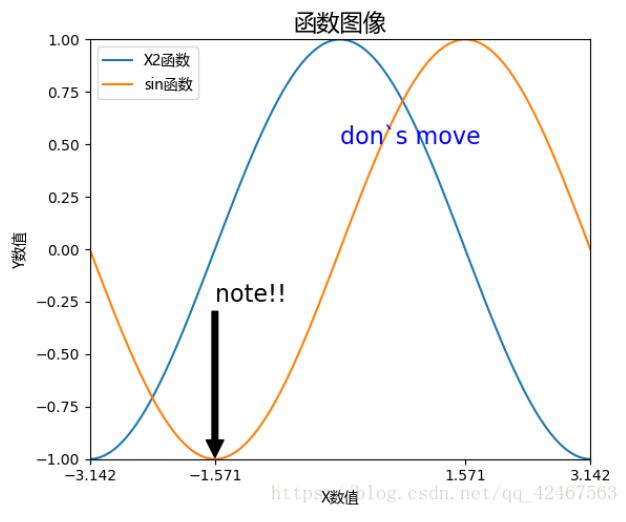深入了解Python iter() 方法的用法
今天我们来介绍下Python基础教程学习之iter() 方法另外的用法。据说很少有人知道这个用法!
一、上代码、学用法
我们都比较熟悉 iter(obj),会返现一个迭代器,如果 obj 不是可迭代对象,则会报错。但其实如果仔细看官方文档,会发现 iter() 方法其实是接受两个参数的,文档说明如下
iter(object[, sentinel])
sentinel 英文翻译为 哨兵。
sentinel 参数是可选的,当它存在时,object 不再传入一个可迭代对象,而是一个可调用对象,通俗点说就是可以通过()调用的对象,而 sentinel 的作用就和它的翻译一样,是一个“哨兵”,当时可调用对象返回值为这个“哨兵”时,循环结束,且不会输出这个“哨兵”。
可能有点难懂,用一个简单需求来说明,需求说明如下:
心里想一个[1, 10]范围的数,然后代码开始随机,当随机到想的数时停止,看每次代码需要随机几次。
实现分析:看起来应该很简单,random,然后加一个if判断即可,但是用 iter() 来实现更简单。实现代码如下:
from random import randint
def guess():
return randint(0, 10)
num = 1
# 这里先写死心里想的数为5
for i in iter(guess, 5):
print("第%s次猜测,猜测数字为: %s" % (num, i))
num += 1
# 当 guess 返回的是 5 时,会抛出异常 StopIteration,但 for 循环会处理异常,即会结束循环
二、还是看看文档吧
关于这两个参数,文档里也说的很详细,分段解释如下:
The first argument is interpreted very differently depending on the presence of the second argument.
翻译:第一个参数根据第二个参数有不同的含义
Without a second argument, object must be a collection object which supports the iteration protocol (the _iter_() method), or it must support the sequence protocol (the _getitem_() method with integer arguments starting at 0). If it does not support either of those protocols, TypeError is raised.
翻译:如果没有第二个参数,object(即第一个参数)是一个支持迭代器协议(实现_iter_()方法的)的集合对象,或者是支持序列协议(实现_getitem_()方法)且是从0开始索引。如果它不支持其中任何一个,则抛出 TypeError 异常
简单来说就是,如果没有第二个参数,就是我们比较熟悉的用法。代码示例如下:
In [5]: iter("123")
Out[5]: <str_iterator at 0x105c9b9e8>
In [6]: iter([1, 2, 3])
Out[6]: <list_iterator at 0x105f9f8d0>
In [7]: iter(123)
---------------------------------------------------------------------------
TypeError Traceback (most recent call last)
<ipython-input-7-c76acad08c3c> in <module>()
----> 1 iter(123)
TypeError: 'int' object is not iterable
再来看看有第二个参数的情况
If the second argument, sentinel, is given, then object must be a callable object. The iterator created in this case will call object with no arguments for each call to its _next_() method; if the value returned is equal to sentinel, StopIteration will be raised, otherwise the value will be returned.
翻译:如果给定了第二个参数 sentinel,object 则必须是一个可调用对象,这个可调用对象没有任何参数,当可调用对象的返回值等于 sentinel 的值时,抛出 StopIteration 的异常,否则返回当前值。(这里如果不好理解可调用对象,可以理解为函数,这样更容易想明白)
对于这个用法的适用场景,文档中也给出了说明:
One useful application of the second form of iter() is to build a block-reader. For example, reading fixed-width blocks from a binary database file until the end of file is reached:
翻译:对于第二个参数,一个有用的场景是创建一个 blokc-reader,即根据条件中断读取。比如:从二进制数据库文件读取固定宽度的块,直到到达文件的末尾,代码示例如下:
from functools import partial
with open('mydata.db', 'rb') as f:
for block in iter(partial(f.read, 64), b''):
process_block(block)
三、小结一下
1、iter() 方法不管有没有第二个参数,返回的都是迭代器
2、iter() 方法第一个参数的参数类型,根据有无第二个参数决定
以上就是本文的全部内容,希望对大家的学习有所帮助,也希望大家多多支持【听图阁-专注于Python设计】。


